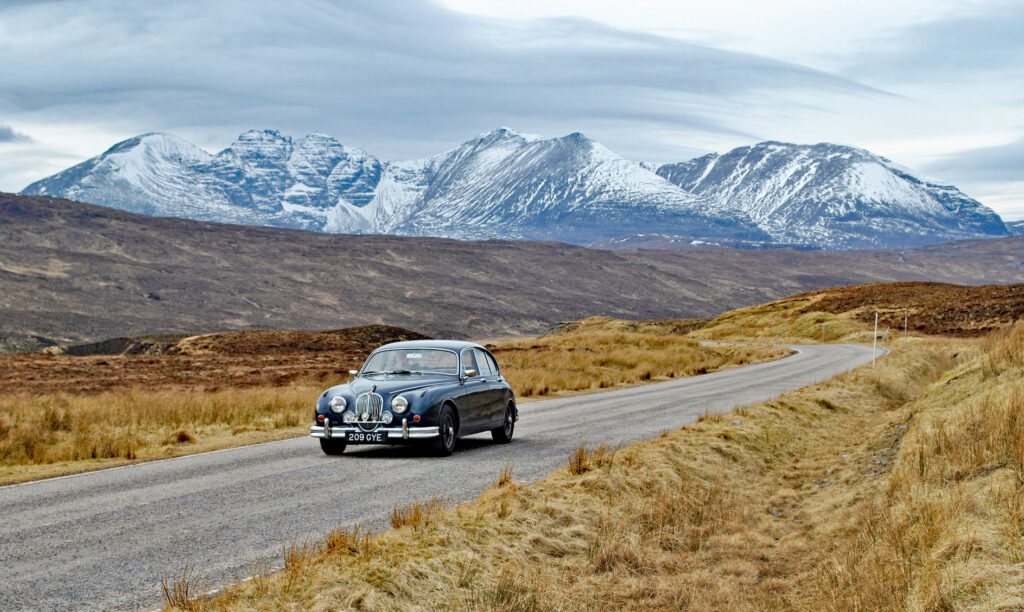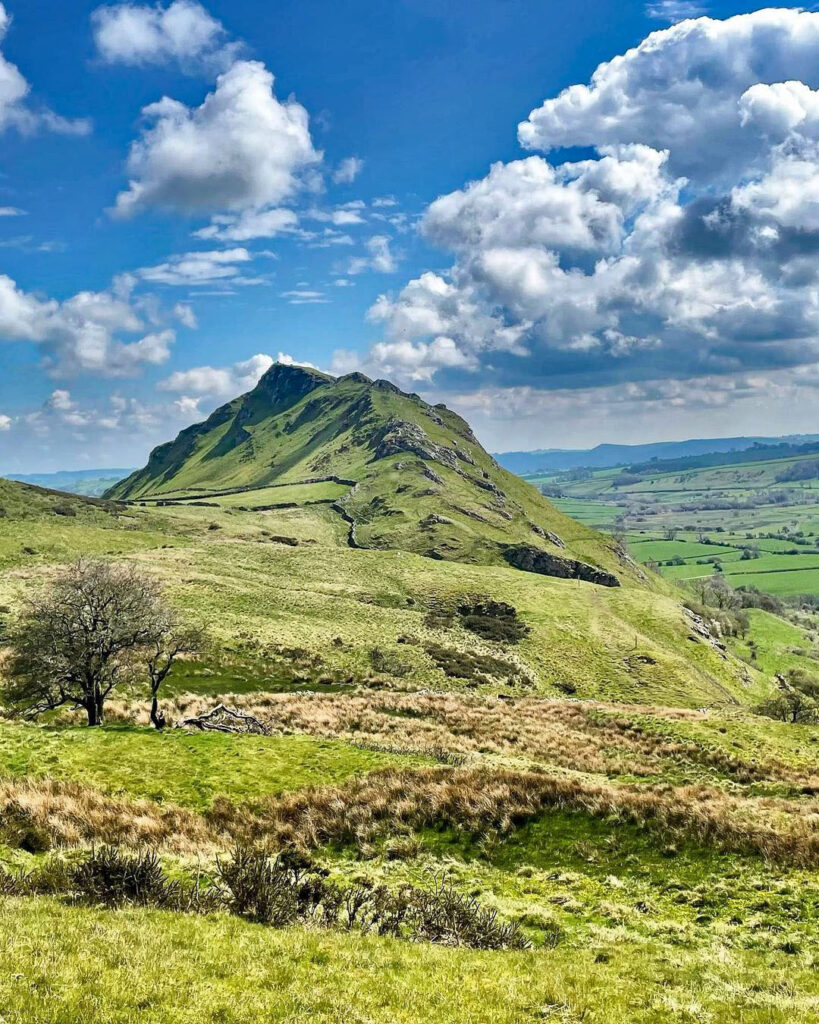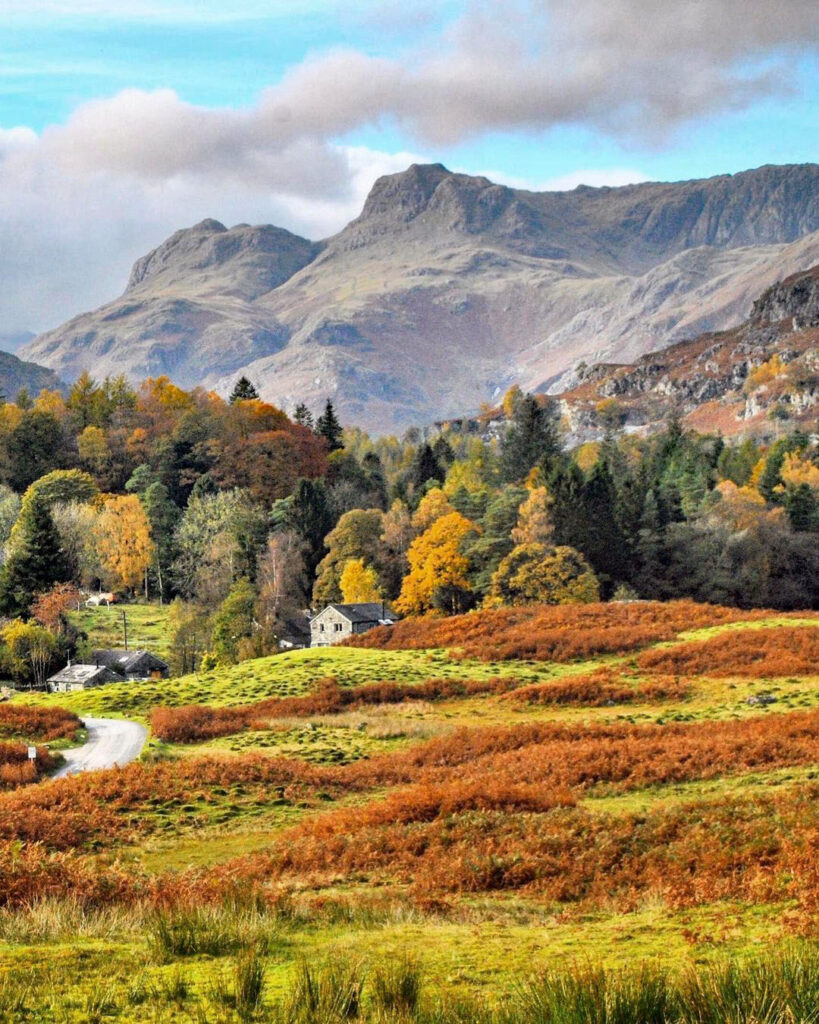
Judging the Worthies – Part Two
I certainly suspected that introducing objectivity into the selection process for the Worthies would be tricky and it has indeed proved to be exceptionally complex, because subjectivity inevitably interferes with every appraisal.
I reached out to various groups for perspective on what qualities attracted them to climb a particular hill and the answers were rather unexpected. A large proportion of people don’t really give it that much thought. For many it’s simply a matter of ‘because it’s there’. It isn’t so much the pleasure of the ascent as simply making the ascent. A sizeable number were more interested in there being somewhere for a swim on the way back and a good pub at the end. Those factors may well enhance the enjoyment of the overall day, but have little bearing on assessing a hill’s desirability, albeit a lovely mountain pool might add half a point to the Special Qualities category.
Naturally, for my quest such responses were dispiriting news. Thankfully I did receive some encouragement from other quarters, although it would seem that choosing hills of consequence is a niche avocation and those of you who become involved with this pursuit are part of an elite cognoscenti…
Undaunted, we will continue. The fundamentals are now in place and detailed below. The process of choosing the finest hills in Britain and Ireland can now commence in earnest!

There five criteria are as outlined in part one, however, they now carry weighting as follows:
Aesthetic – 30%
Complexity – 20%
View – 20%
Route Satisfaction – 20%
Special Qualities – 10%
All inevitably overlap, each being inevitably influenced by outstanding features of a hill. Each criterion is awarded up to ten points (half points included) and multiplied accordingly to reach the sum total.
Having juggled figures for various hills, I concluded that Aesthetic ought to carry the heaviest weight simply because it’s probably the greatest draw. If a hill seduces the climber with its presence, then the urge to ascend it becomes irresistible. Special Qualities is perhaps the least vital to the magnetism of a hill, yet worthy of acknowledgement. Certainly in the Highlands ‘remoteness’ becomes a special quality to many. The other criteria are arguably of equal importance to each other.
Consistency is challenging when each criterion involves many aspects, however, the important element is to be consistent when comparing amongst neighbouring hills. For example, when I graded Stac Pollaidh it unsurprisingly achieved and admirable 81 points, however, next door looms Ben Mor Coigach that scored 86 points and just to the north is Suilven, also boasting 86 points. In such cases the lower graded mountain would generally be excluded, as our aim is to the include the best representatives from hills in close proximity. This is why Cul Mor and Cul Beag are not on the Worthy list even though both are fine mountains. There is just too much competition locally.
Basically, everything in the far north west Highlands is of an exceptional standard and many are distinctly individual hills so cannot be grouped together as a massif and graded as a whole. Discarding contenders is an agonising undertaking. Such was the case for Stac Pollaidh, although the unique appeal along with the fact that it achieves full marks for Aesthetic and Views forced me to bestow Worthy status. Therefore, do not expect total consistency in the field of Worthies!
Away from the luminaries of the Highlands, the more gentle impact of places like the Cotswolds need to be considered. I would dearly like a representative for such a distinctive upland landscape, although it must rise to the objective ideals, rather than be chosen solely through the desire for inclusivity. Obviously, none will have a view of Stac Pollaidh so parameters will be adjusted accordingly, which underlines the conclusive fact that each area can only be assessed with its contemporaries, not against hills within a drastically different environment.

Having five criteria will undoubtedly reduce the overall score, as rarely will anything be awarded ten out of ten and the cumulative deficiencies inevitably mount up. For example, Buachaille Etive Mor, in many eyes a perfect mountain, has returned a result of 85 points. This would have been higher had it offered more routes of ascent (that don’t involve ropes) and the quality of ascents is tempered by scree in places – a frequent Scottish mountain characteristic that does hamper Route Satisfaction on these rugged hills.
Another consequence of comparing like for like within an area is that hills in ‘lesser’ districts will score more highly than if competing in a prestigious district. Take Black Combe, which scrapes through at 70.5 points. If it was closer to the heart of the Lake District it would lose its appeal of individuality and be marked down. If it was in Glencoe it would be completely ignored. This is an important point in that the Worthies are not simply a list of the best, but the best of the best in each particular region.
At this stage, many hills can only receive a rough calculation on my part as I have either not climbed them or have forgotten much of the detail. I therefore have many exciting ascents ahead. Nonetheless, a guestimation from my vague memory of climbing An Teallach reveals a score of 91, which is likely to be around the highest mark – but you never know!
I believe my personal gradings are probably rather harsh so am presently considering a general qualifying level of 70 points for inclusion in the Worthies, although any hill not achieving that threshold may still attain status through being outstanding in a particular aspect or because it is a high quality representative from an area that may not otherwise be included. It is my intention to rejoice in regional variety and I wish to include the finest hills from every possible upland district where something ‘decent’ exists.
After all, one definition of ‘worthy’ is ‘deserving of attention’ and some hills that do not quite achieve the percentage grade should not be overlooked. Take for example Wiltshire, where my choice is the Pewsey Downs. For the locality, they are an outstanding example of quintessential English countryside walking and deserve to be recognised, despite only attaining a score of 68 on the Worthyometer!

A final and important decision is that I am regarding as a whole, ranges of hills where they are closely grouped by adjoining ridges, regardless of the number of individually named summits. I can understand Wainwright choosing his 214 hills in the Lake District, however, for our purposes some tops are subsumed by their parent hills. In such cases I intend to either group a number of summits under the parent hill or its distinct massif. The Langdale Pikes are one clear example. Skiddaw is another, which will include the Ullock Pike ridge, as after all, Skiddaw is best climbed along its crest anyway. I am happy to court the controversy!
Fundamentally, choosing Worthies cannot merely be accomplished by science alone. Despite the attempt to introduce objective subjectivity, the individual aura of each hill will undeniably influence every choice – does it feel special? There are so many unquantifiable factors that create the spiritual atmosphere of an ascent.
Update: This updates arrives around eighteen months into the project. Many hills have been climbed and several features written. Increasingly I am being drawn to the concept of the ‘finest representatives of upland districts’ and the desire to include as many of these district where something exists that can be considered Worthy. This will increase variety for both the reader and those who may choose to climb these hills. A consequence is likely to be a reduction in the total numbers in any one particular district, effectively only to include the best of the best. Therefore many excellent hills will perhaps now only receive an Honourable Mention. For example, I have recently made many ascents in Snowdonia and originally thought the Moelwynion range and Moel Hebog would be very likely candidates for Worthy status. However, with Snowdon itself and the Nantlle Ridge in the same vicinity I have decided to exclude them on the grounds of saturation.
Furthermore, whilst becoming drawn to choosing the finest representatives from individual areas, I am discarding some districts entirely. For example, try as I might, I have been unable to identify a suitable candidate for the Cotswolds. There are a few fine walks up to the escarpment, only to be greeted by agricultural land and a road. Such ‘hills’ just don’t feel enough like hills. The best contender I found was Cam Long Down but decided this fine little ridge was just not substantial enough.
This is work in progress and as always, if you have any thoughts and comments I would be delighted to receive your input.